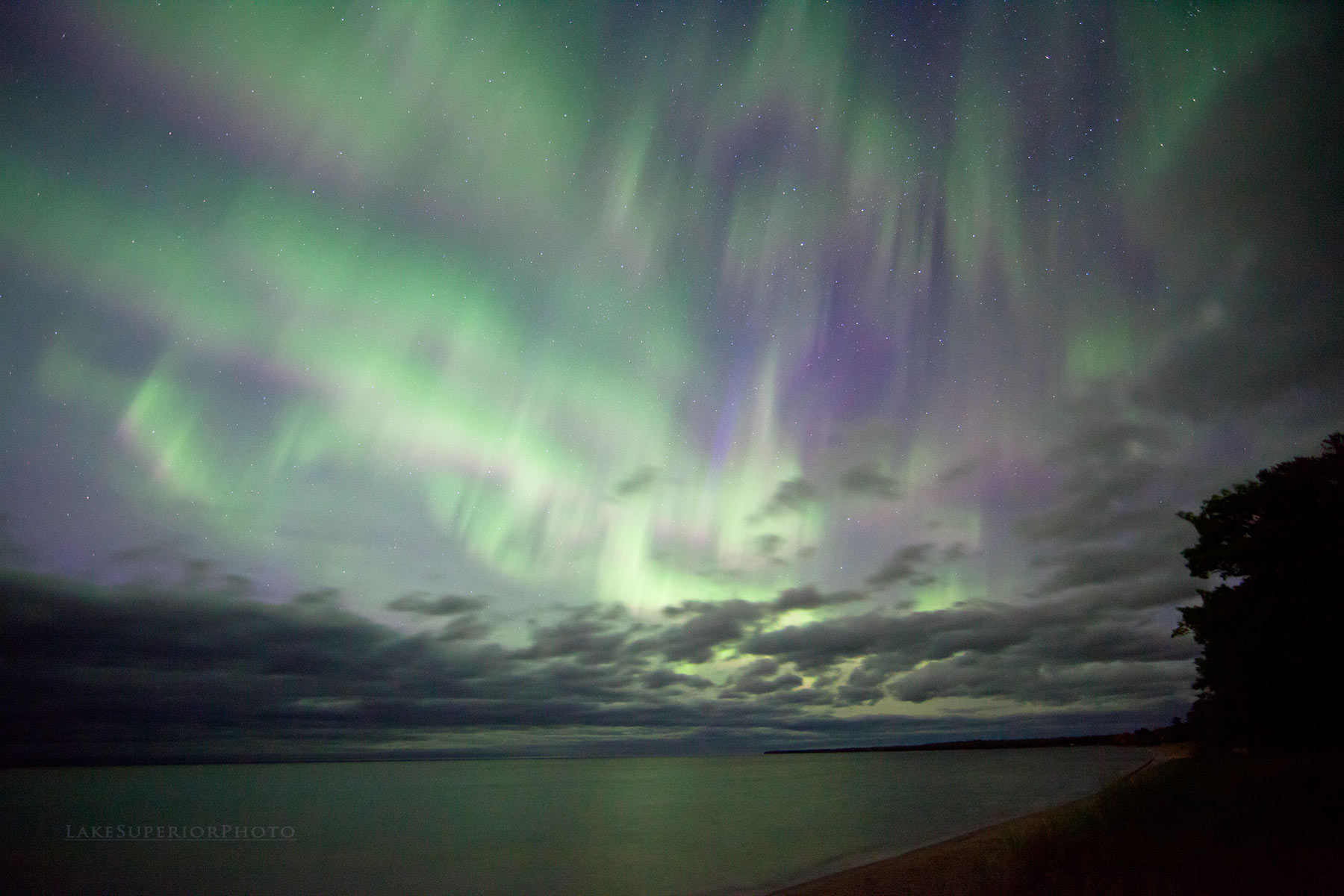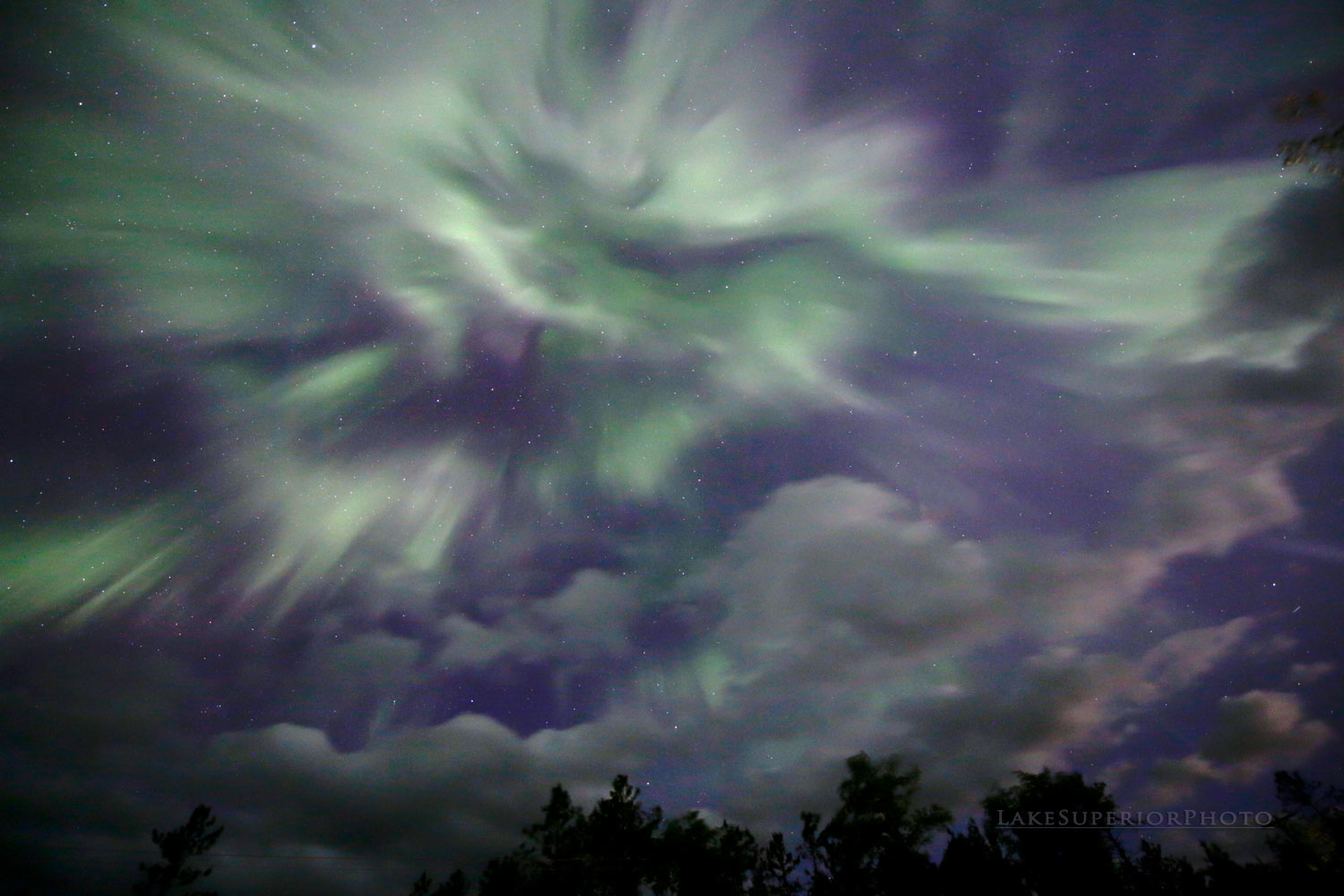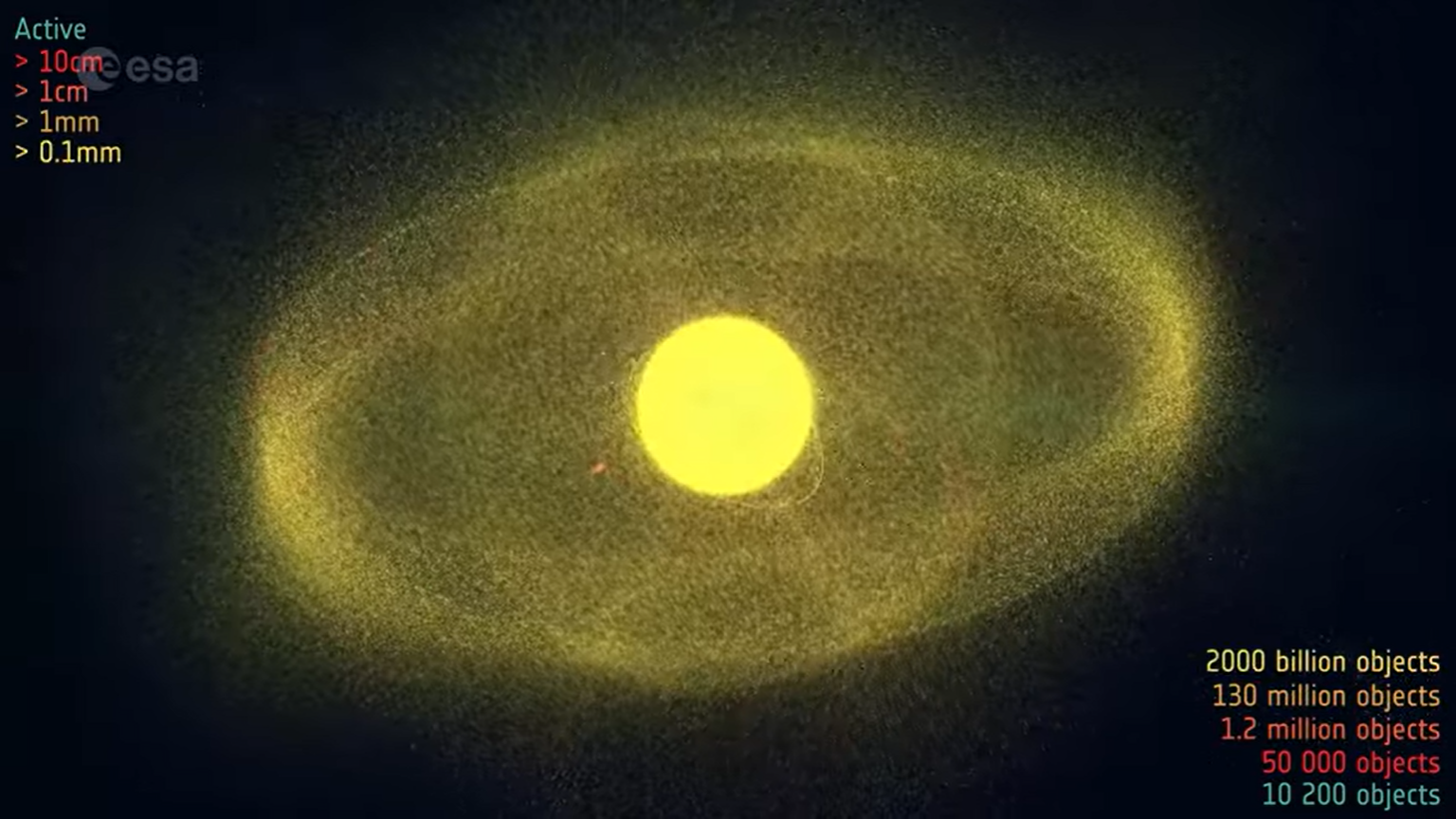Spectacular Northern Lights Show Could Continue This Weekend (Photos, Video)

Throughout Canada and as far south as Philadelphia, the northern lights have been wowing skywatchers this week, and the colorful displays could continue, following another solar explosion spotted by NASA.
A large sun storm last weekend known as a coronal mass ejection (CME) sent high-energy particles streaming toward Earth, where their interaction with the atmosphere and the magnetic field supercharged the gorgeous color displays known in the northern hemisphere as the aurora borealis. The dazzling celestial show may go on, thanks to another CME detected by NASA's Solar Dynamics Observatory (SDO) today (June 25).
Today's explosion came from a freckle on the sun's surface known as sunspot AR12371, which also erupted on Tuesday (June 23). The particles blasted into space by Earth-directed CMEs usually reach our planet after one to five days, so auroras amped up by the latest solar storm could appear this weekend — if Earth was indeed in the crosshairs.
"A nice coronal wave ripped across the solar surface and material was thrown into space, giving us a CME that could have an Earthward component," reads a Facebook post today by The Sun Today and shared by SDO team members. "We are waiting for models from NASA and NOAA [the National Oceanic and Atmospheric Administration]."
It's already been a stunning week for northern lights viewing. Photographer Shawn Malone captured the incredible light show from Marquette, Michigan. (More of Malone's work can be found at his website.)
Photographer Sathya sent Space.com this image from the Green River State Wildlife Area in Harmon, Illinois. The photo features not only a crowd of lightning bugs streaking through the air in the lower part of the image, but also the lights of the Big Dipper, which are visible to the left of the middle, just above the trees.
It's possible the light show will continue soon, if today's coronal mass ejection heads toward Earth.
Breaking space news, the latest updates on rocket launches, skywatching events and more!
Editor's note: If you have an amazing night sky photo you'd like to share for a possible story or image gallery, please contact managing editor Tariq Malik at spacephotos@space.com.
Follow Calla Cofield @callacofield. Follow us @Spacedotcom, Facebook and Google+. Original article on Space.com.

Calla Cofield joined Space.com's crew in October 2014. She enjoys writing about black holes, exploding stars, ripples in space-time, science in comic books, and all the mysteries of the cosmos. Prior to joining Space.com Calla worked as a freelance writer, with her work appearing in APS News, Symmetry magazine, Scientific American, Nature News, Physics World, and others. From 2010 to 2014 she was a producer for The Physics Central Podcast. Previously, Calla worked at the American Museum of Natural History in New York City (hands down the best office building ever) and SLAC National Accelerator Laboratory in California. Calla studied physics at the University of Massachusetts, Amherst and is originally from Sandy, Utah. In 2018, Calla left Space.com to join NASA's Jet Propulsion Laboratory media team where she oversees astronomy, physics, exoplanets and the Cold Atom Lab mission. She has been underground at three of the largest particle accelerators in the world and would really like to know what the heck dark matter is. Contact Calla via: E-Mail – Twitter


